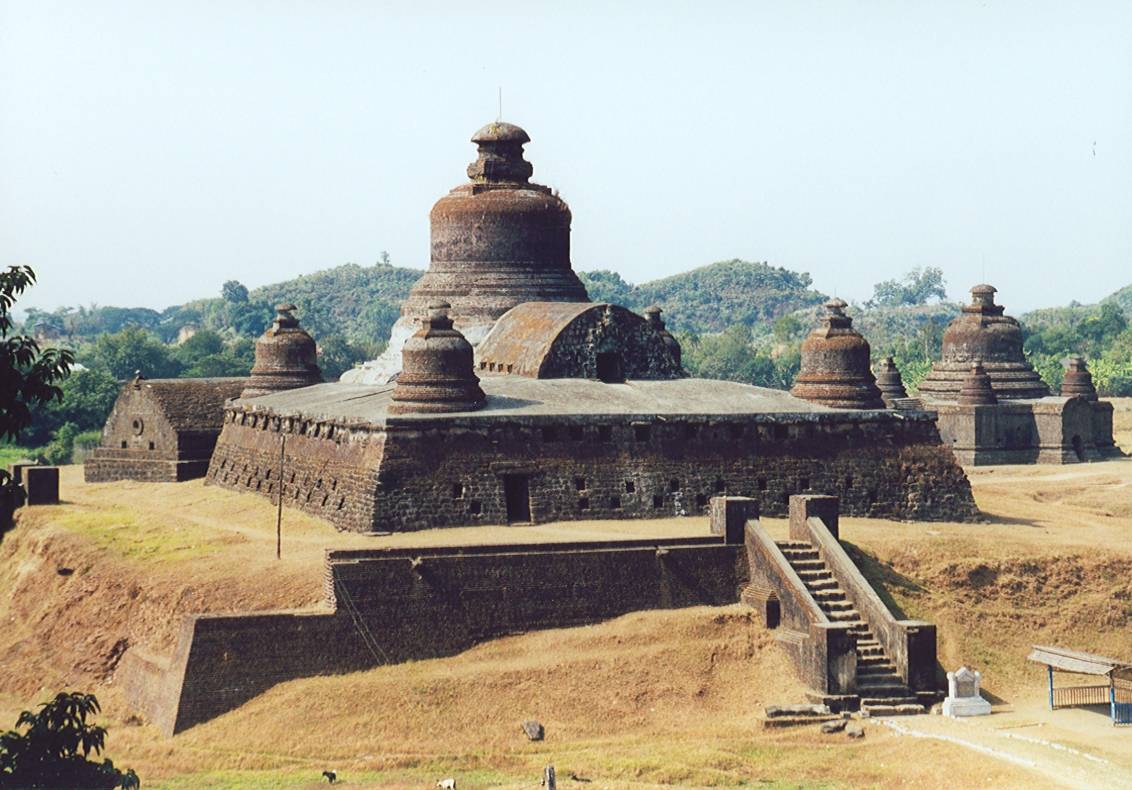The Htukkanthein Temple, nestled in the ancient city of Mrauk U in Myanmar, stands as a testament to the architectural ingenuity of the Arakanese (Rakhine people) during the 16th century. This Buddhist temple, known for its fortress-like appearance, is one of the most prominent landmarks in the region. It features a unique layout with a central corridor and multiple chambers housing over a hundred Buddha images. The temple’s strategic elevation on a hill and its intricate carvings and sculptures reflect the religious devotion and artistic sophistication of its creators.
Get your dose of History via Email
Historical Background of Htukkanthein Temple
King Min Phalaung commissioned the Htukkanthein Temple in 1571. It was during the zenith of the Mrauk U Kingdom’s power. The temple’s purpose was both spiritual and defensive. It served as a place of worship and a refuge during times of conflict. The temple’s discovery by Western scholars is not well-documented. However, it has been a subject of interest since the British colonial period in Burma.
Local chronicles suggest that the temple was part of a larger complex. It included royal palaces and other religious structures. The temple has withstood the test of time. It remains largely intact despite the region’s tumultuous history. Over the centuries, it has seen various uses. It has been a place of pilgrimage for Buddhists and a site of archaeological interest.
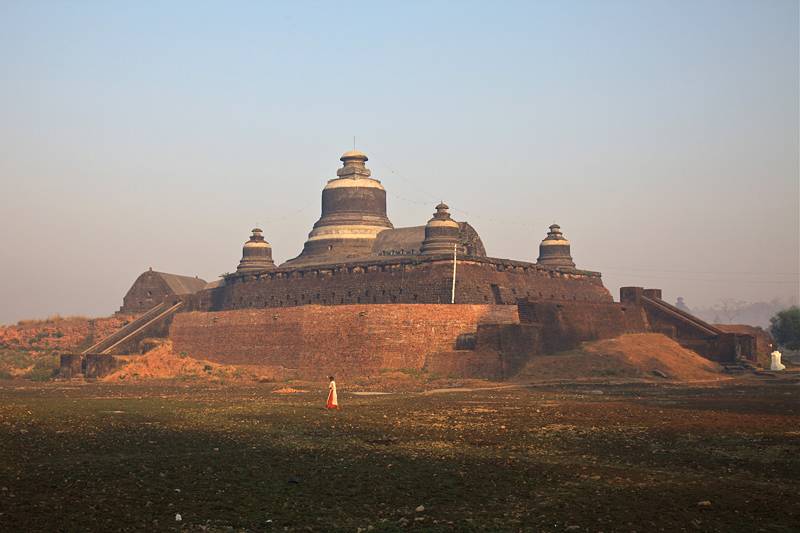
The temple’s architecture is unique to the region. It reflects the influence of Hinduism and Buddhism. The temple’s design includes elements typical of the defensive structures of the time. This suggests that it may have served a dual purpose. It was a sanctuary in times of invasion and a place of worship.
It has survived invasions, earthquakes, and the passage of time. The Htukkanthein Temple remains a symbol of the Arakanese people’s resilience and cultural heritage.
Today, the temple is a cherished historical site. It attracts visitors from around the world. It stands as a proud reminder of Myanmar’s rich past. The temple’s ongoing preservation efforts ensure that it will continue to be a source of national pride and historical significance for generations to come.
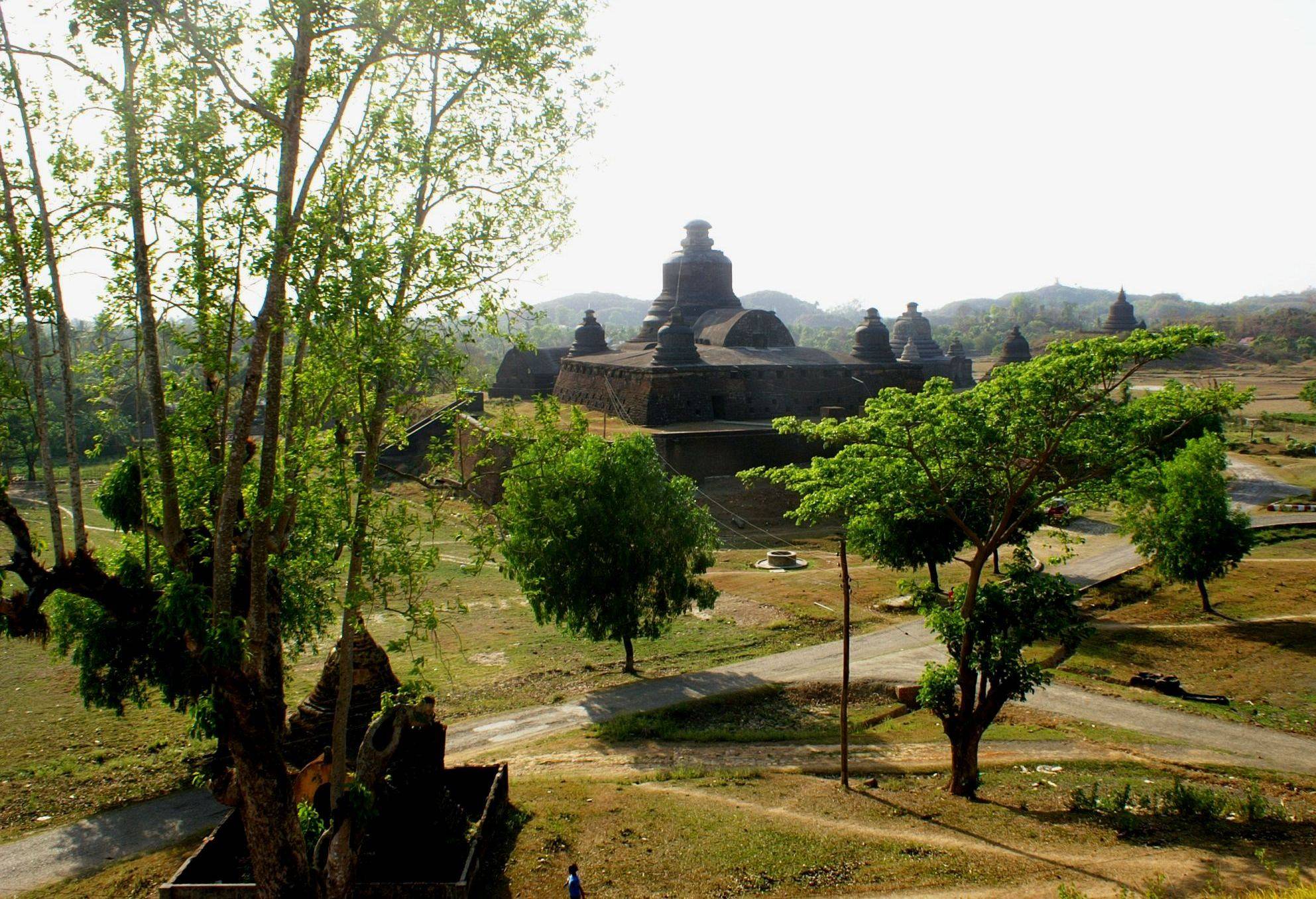
About Htukkanthein Temple
The Htukkanthein Temple is a remarkable structure made of hewn stone blocks. It is known for its dome-shaped sikhara and the labyrinthine layout within. The temple’s central corridor twists and turns, leading to numerous chambers. These chambers house an impressive collection of Buddha statues in various mudras or poses.
The temple’s exterior is fortified, resembling a castle more than a typical Buddhist temple. This design likely served to protect the temple’s inhabitants during times of war. The main entrance is through a steep flight of stairs. This reinforces the temple’s defensive capabilities. The interior walls feature intricate carvings depicting scenes from the Jataka tales, stories of the Buddha’s previous lives.
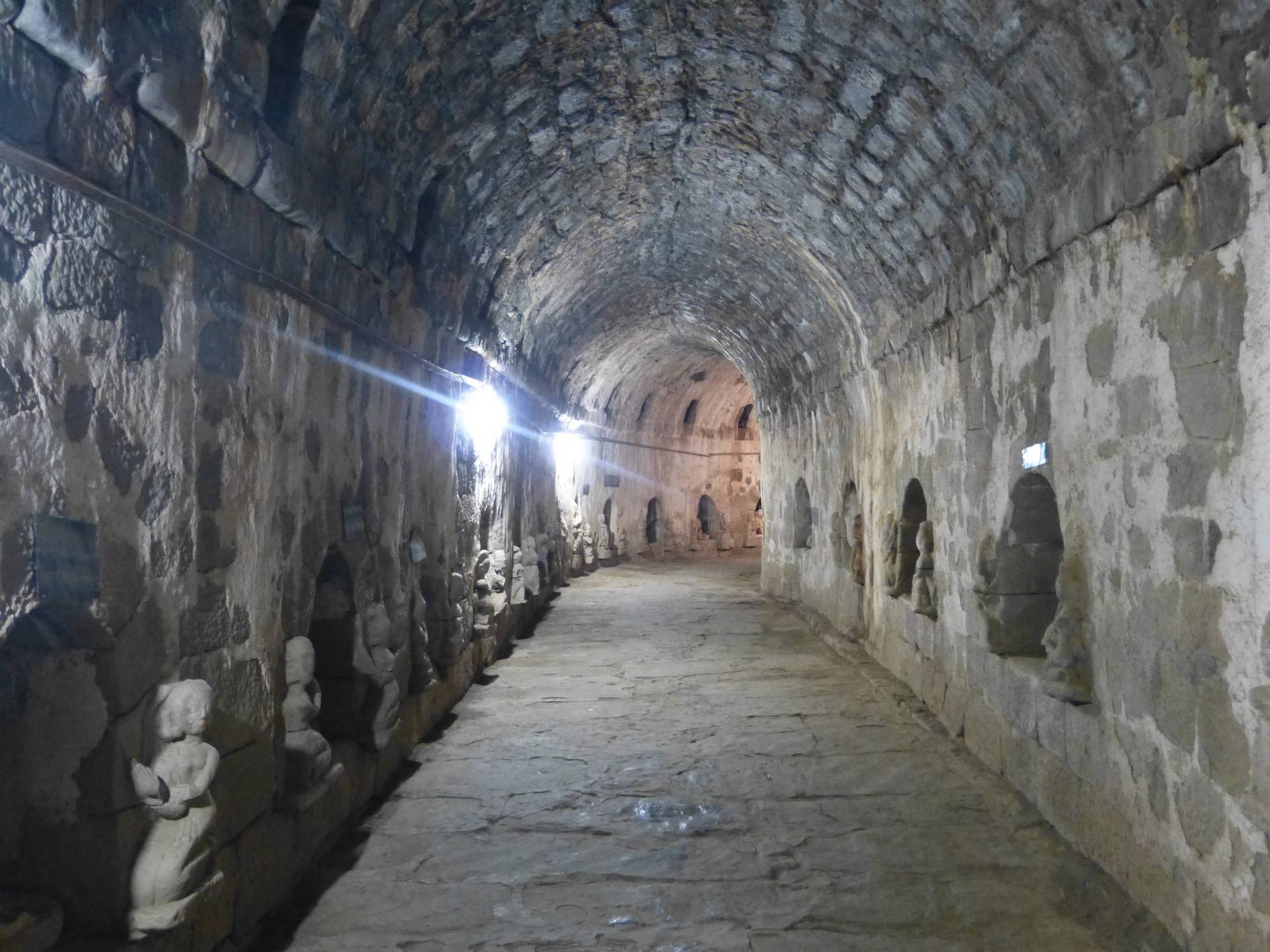
The construction techniques used in the Htukkanthein Temple are a marvel of engineering. The builders employed a sophisticated understanding of stone masonry. They created a structure that has endured for centuries. The temple’s thick walls and strategic position on a hill also contribute to its stability and longevity.
Architectural highlights of the temple include the ornate stupa at the top. It is adorned with intricate stucco work. The temple’s interior is dimly lit, creating a serene and contemplative atmosphere. This is conducive to meditation and prayer. The play of light and shadow within the temple adds to its mystical charm.
The Htukkanthein Temple’s design reflects the syncretism of Arakanese culture. It blends local architectural styles with influences from neighboring regions. The temple is not only a place of worship but also a masterpiece of Arakanese art and architecture.
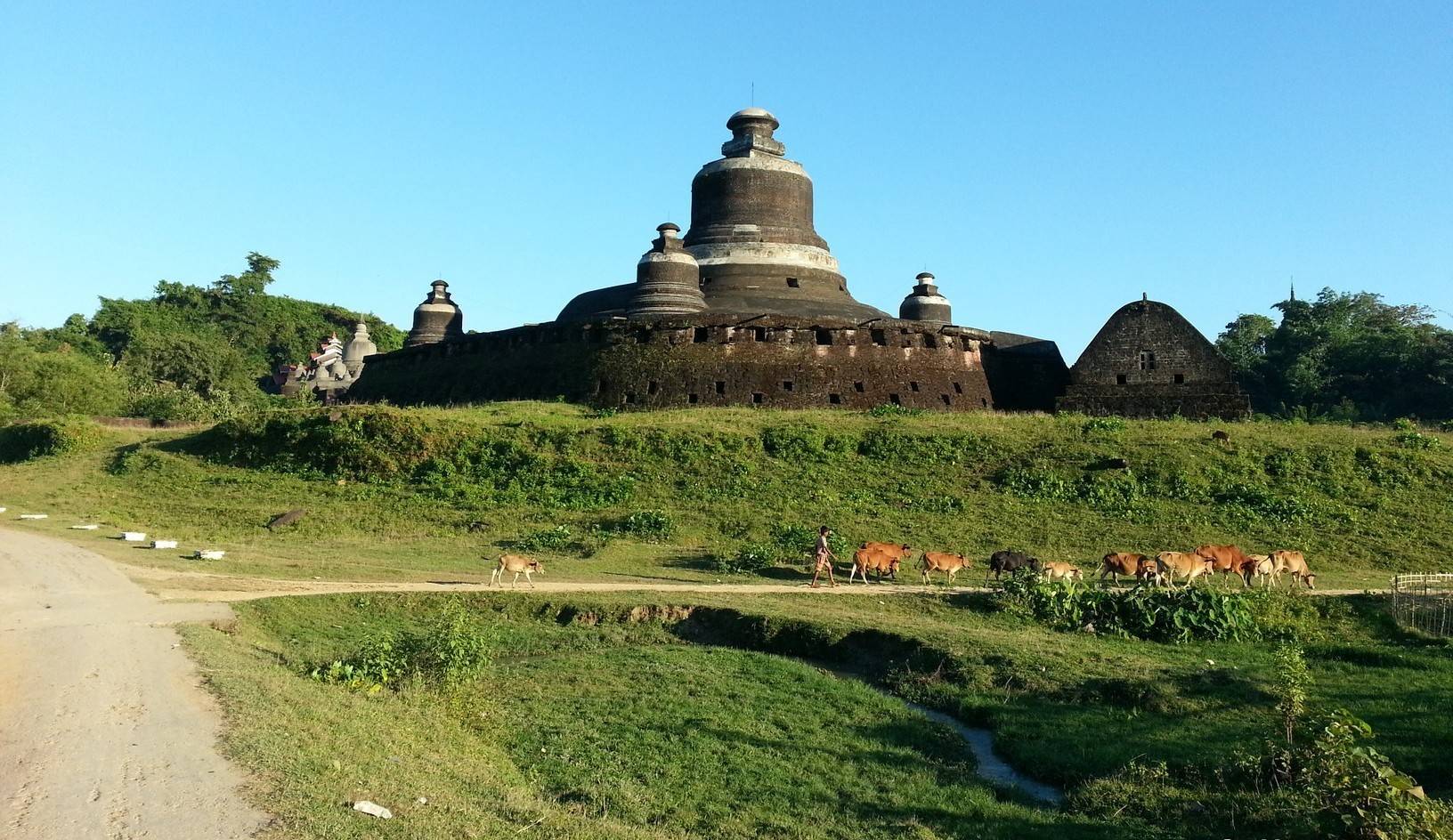
Theories and Interpretations
The temple’s unique layout has led to various interpretations. Some view the winding corridors as a representation of the spiritual journey towards enlightenment. The numerous Buddha images are seen as guides along this path. The temple’s elevated position is also thought to symbolize the ascent to higher states of consciousness.
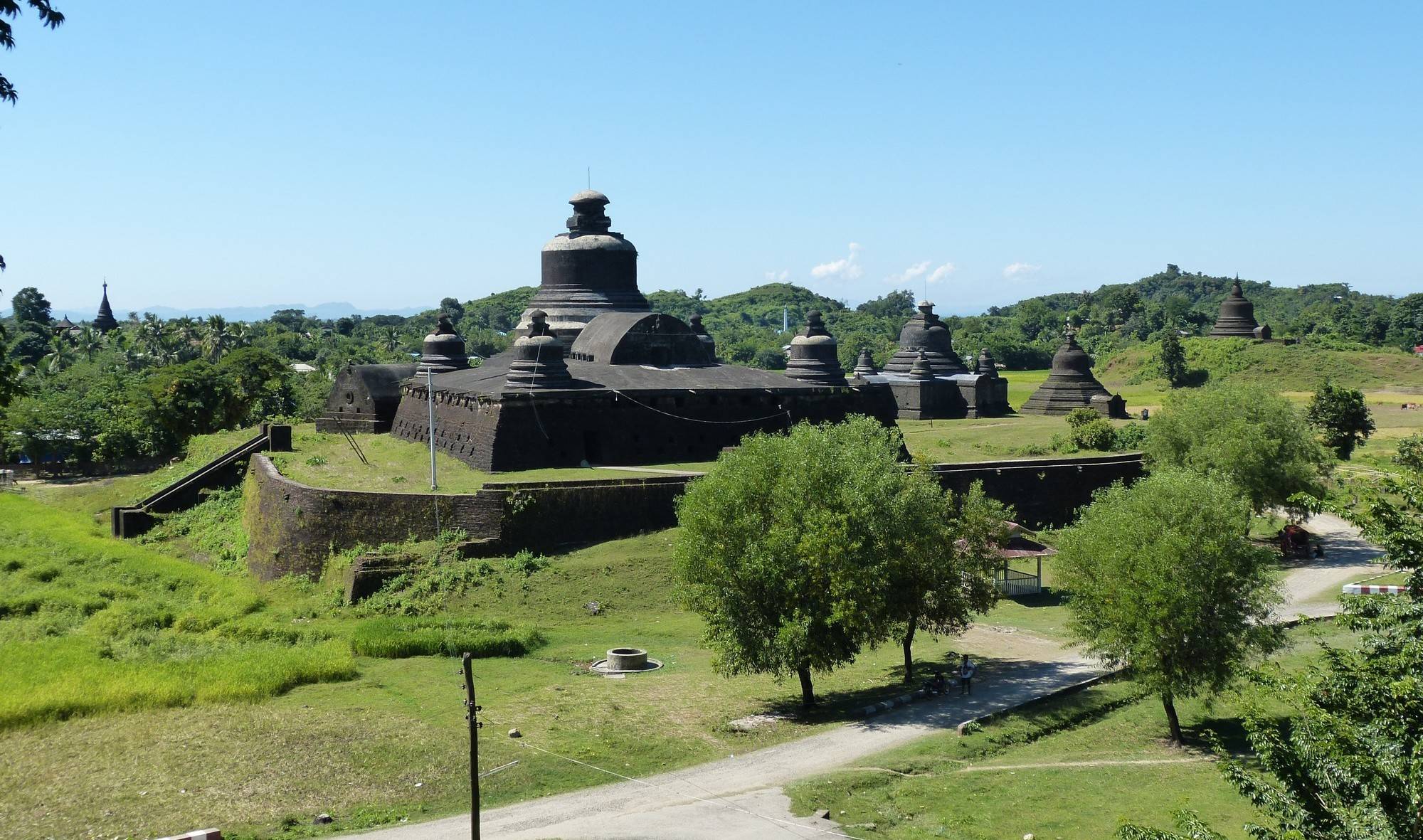
Historical records provide limited information on the temple. This has led to a reliance on architectural analysis and comparison with other structures from the same period. Dating of the temple has been carried out primarily through historical texts. These texts reference the reign of King Min Phalaung.
The Htukkanthein Temple continues to be a subject of academic interest. Researchers use various methods to uncover its secrets. These methods include architectural studies, historical research, and archaeological excavations. The temple’s true story is slowly being pieced together, revealing new insights into the history and culture of the Arakanese people.
At a glance
- Country: Myanmar
- Civilization: Rakhine people (Arakanese)
- Age: Constructed in 1571 AD

